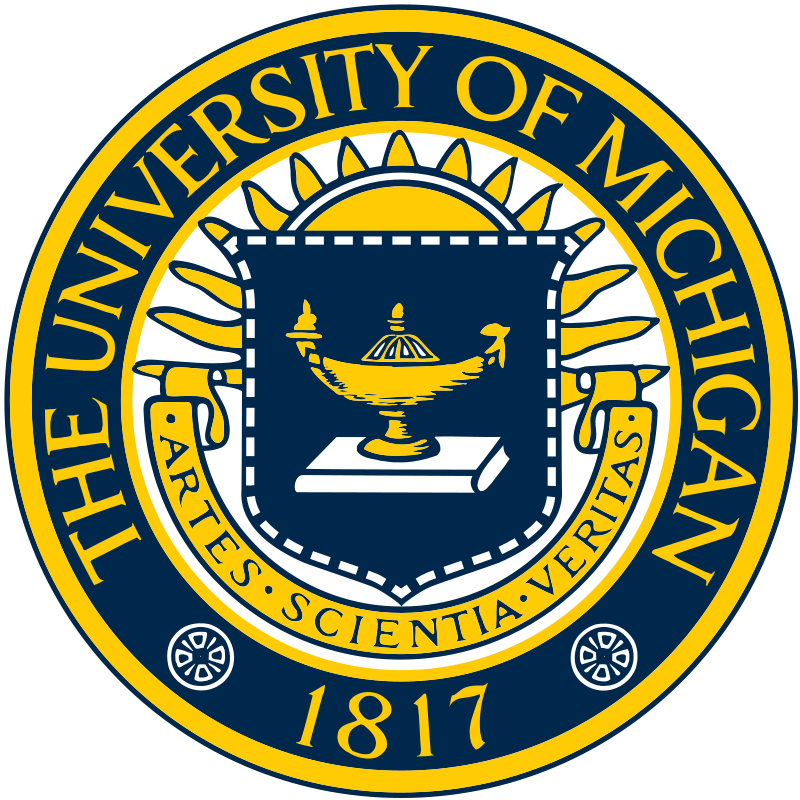Table of Contents
- General Information
- Vaccine Related Pathogen Genes
- EBOV NP
- GP from Cote d'Ivoire Ebola virus
- GP from Reston ebolavirus
- GP from Sudan ebolavirus
- GP from Zaire ebolavirus
- NP
- NP from Zaire Ebola virus
- pagA
- SGP
- VP24
- VP24 from Reston ebolavirus
- VP24 from Zaire ebolavirus
- VP30
- VP30 from Reston ebolavirus
- VP30 from Zaire ebolavirus
- VP35
- VP35 from Reston ebolavirus
- VP35 from Zaire ebolavirus
- VP40 from Reston ebolavirus
- VP40 from Zaire ebolavirus
- ZGP
- Vaccine Information
- cAd3-EBO S
- cAdVax-based bivalent ebola virus vaccine (Sudan and Zaire species)
- CAdVax-Filoviruses (Ebola )
- CAdVax-ZEBOV/SEBOV
- DNA vaccine expressing sGP
- Ebola virus DNA vaccine DNA/rAd5 encoding ZEBOV and SEBOV antigens
- Ebola virus DNA vaccine EBOV GP
- Ebola virus DNA vaccine encoding ZEBOV GP and SEBOV GP
- Ebola virus DNA vaccine GP DNA
- Ebola virus EBOV NP
- Ebola virus recombinant adenovirus vaccine AdC7-ZGP encoding GP
- Ebola virus recombinant adenovirus vector vaccine ADV−GP/NP
- Ebola virus recombinant rAD-GP encoding GP
- Ebola virus recombinant vector vaccine Ad-CAGoptZGP encoding the envelope glycoprotein
- Ebola virus recombinant vector vaccine Ad-CMVZGP encoding the glycoprotein
- Ebola virus recombinant vector vaccine EBO7 encoding GP from SEBOV and ZEBOV
- Ebola virus recombinant vector vaccine pVSVXN2∆G/ZEBOVsGP encoding GP
- Ebola virus recombinant VSVΔG-GP encoding GP
- Ebola Virus Vaccine Ad5-ZGP
- GP and NP
- GP-VRP
- NP-VRP
- rAd-GP (Ebola virus)
- rCMV- EBOV
- rVEE-Ebola-NP
- rVSV- SEBOV-GP and -VP40
- rVSV-EBOV
- V920
- VRP expressing VP24
- VRP expressing VP30
- VRP expressing VP35
- VRP expressing VP40
- References
| I. General Information | ||||||||||||
|

Loading Pathogen Genes...

Loading Host Genes...

Loading Vaccines...
Loading References...


